Food experts say these restaurant trends are dominating dining out — from mashups like birria ramen to ever-spicier dishes and the rise of 'swicy'
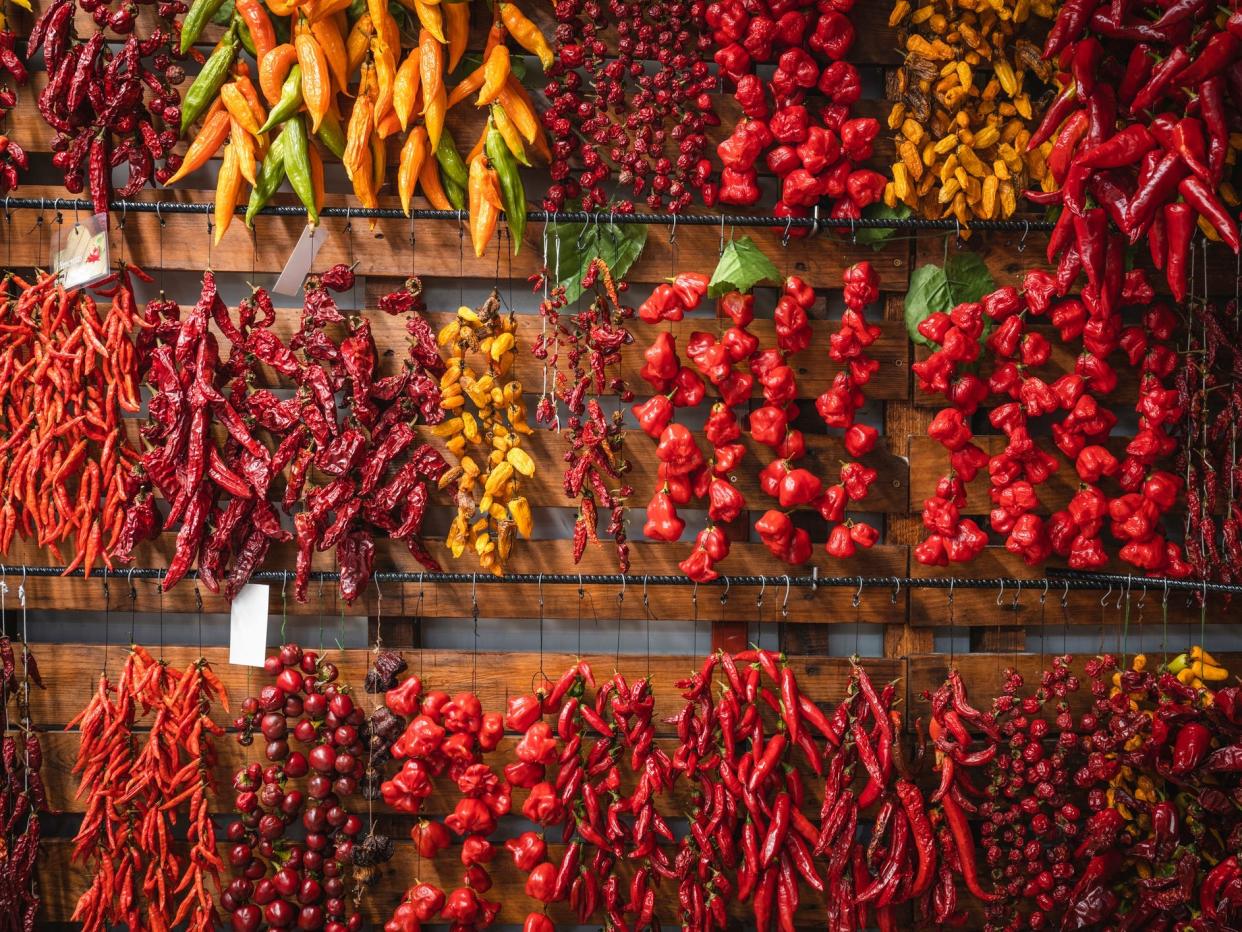
The biggest menu trends include mashups, "swicy" meals, and a focus on sharing, food experts say.
This includes things like birria ramen, hot honey, and charcuterie boards.
Comfort foods, meanwhile, are turning global — think schnitzel, katsu, and Japanese cheesecake.
Mashups, functional foods, and a focus on sharing are some of the biggest trends in dining out at the moment, according to food experts.
Expect to see birria ramen, supergrains, and sharing platters on restaurant menus. Spice levels are also heating up.
Read on to see what experts said were the top current menu trends at the National Restaurant Show in Chicago in May.
Mashups
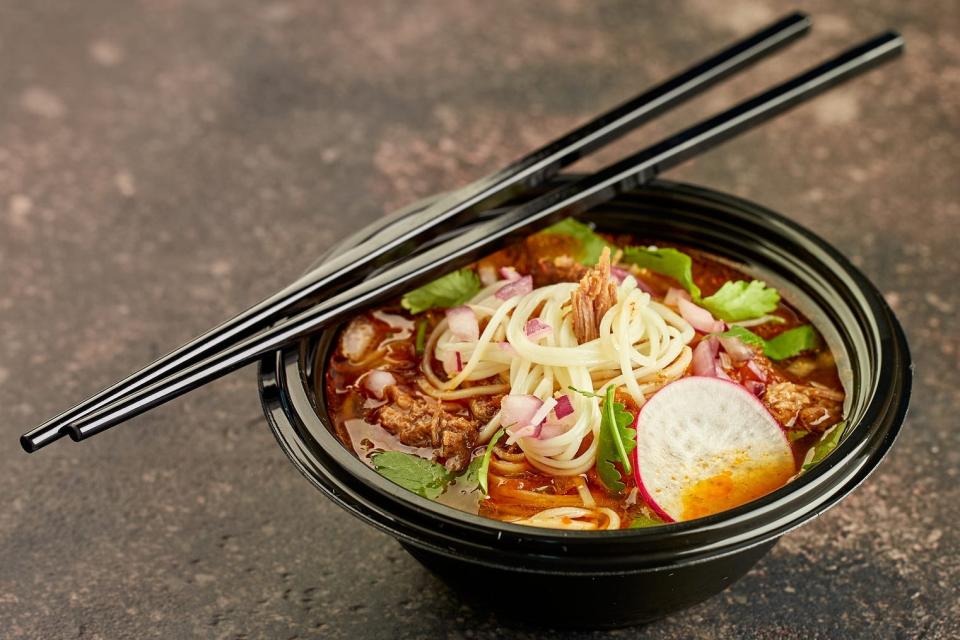
Mashups are "hugely popular when they're smartly done," menu analyst Nancy Kruse said in a presentation.
Mashups involve combining two or more dishes — sometimes a mixture of sweet and savory or a fusion of cuisines. They can provide a twist on a classic and sometimes generate social media buzz.
And they've been appearing more and more frequently on restaurant menus.
Birria — a Mexican beef stew — has been served in the form of quesadillas, poutine, pasta, tacos, and ramen, including at sit-down restaurants as well as at taco chain Del Taco. In a report from November, the National Restaurant Association called birria a "social media darling" and said diners should expect to see it on menus in creative applications.
And IHOP launched a range of four pancake "tacos" in flavors including chicken and gravy and caramel banana last summer. The chain sold almost two million servings in just four weeks, it previously told investors.
Think also of grilled cheese-inspired burgers, French onion pasta, and shakes blended with cake or brownie. In the world of pastries, things like brookies (a combined brownie and cookie) and cronuts (croissants shaped like a doughnut) have become popular in recent years.
Mashups, in particular, are "very appealing to Gen Z consumers," Lizzy Freier, director of menu research and insights at restaurant analytics company Technomic, said at the show.
Soaring spice levels
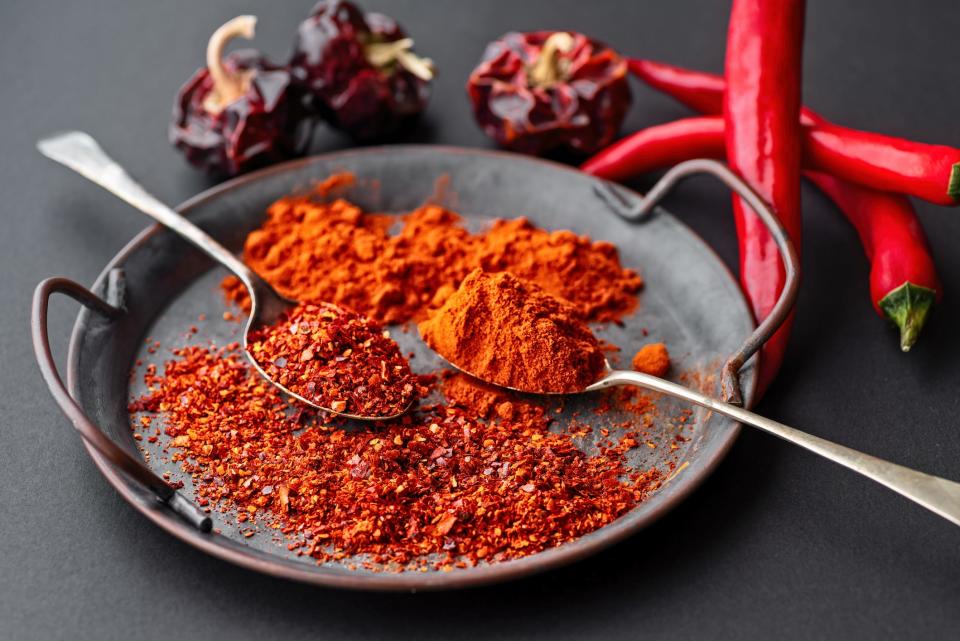
"One thing we know about consumers today is that they're constantly looking for new sources of heat and spice to add to their menu," Freier said. Younger diners in particular are craving heat in their meals.
Joe Pawlak, managing principal at Technomic, pointed to the popularity of Mexican Tajín seasoning and Thai Crying Tiger sauce, while Freier referred to Libyan chraime sauce, Middle Eastern shatta sauce, and Ethiopian awaze paste.
Fast-food giants have been cashing in on the trend in recent years, with chains like McDonald's, Wendy's, Popeyes, and Burger King selling items including spicy nuggets, spicy chicken sandwiches, and even spicy fish sandwiches.
'Swicy'
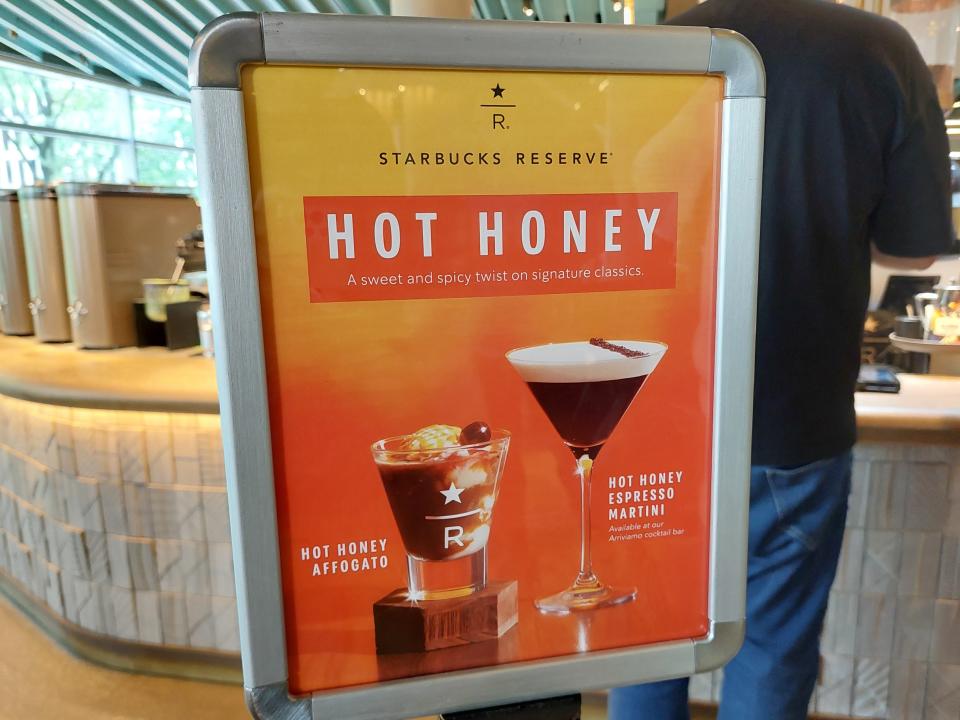
You might not have heard the word, but you've definitely seen it on menus.
Restaurants are combining sweet and spicy ingredients to create "swicy" dishes and drinks.
Starbucks rolled out a range of three fruity lemonade Refreshers and a new cold foam, all featuring a chili powder blend. Coca-Cola Spiced has been added to the drink giant's permanent lineup. And chili-infused hot honey is all the rage, whether it's being drizzled on a pizza or served in cocktails.
Other examples include dishes using Oaxacan mole sauce from Mexico and Korean gochujang paste.
Functional foods
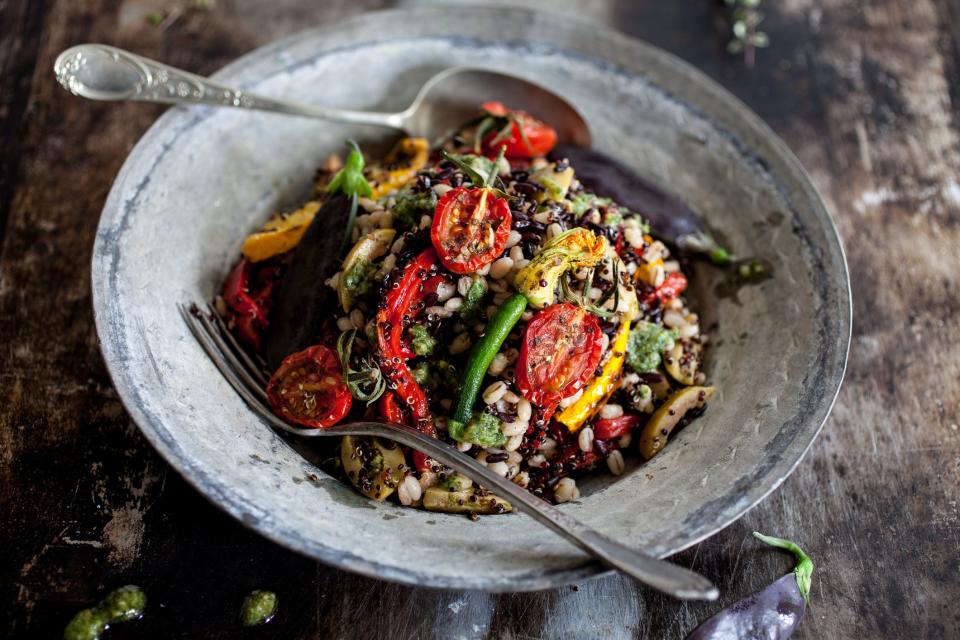
The pandemic has led to a renewed focus on functional foods to boost people's overall health, including medicinal mushrooms, roots, and supergrains. Consumers are turning to them in the hopes of lowering their cholesterol, preventing disease, and getting anti-inflammatory benefits, Liz Moskow, a food-trend expert, and Freier both said.
Similarly, cabbage is "experiencing a renaissance" and appearing in a number of "imaginative sides," Unilever said in a food trends report last month, pointing out that it contains a range of vitamins and minerals as well as natural probiotics when fermented.
Comfort foods

But while some diners are looking at food as a way to boost their health, others are turning to it for comfort.
This includes meals dripping with melted cheese as well as loaded dishes bursting with toppings, Kruse said. Examples she gave included Pizza Hut's single-serving Melts, patty melt sandwiches, mac and cheese, and KFC's Smash'd Potato Bowl, an over-the-top mix of mashed potato, fries, nuggets, gravy, cheese, and bacon crumbles. The National Restaurant Association listed grilled and cooked cheeses as one of the top menu trends for 2024.
Kruse also referred to biscuits, pulled pork, and chicken pot pie. "Southern-style meals all often come into play when customers are looking for comfort," she said.
But some restaurants are adding a twist to comfort food as diners' palettes get more adventurous. "Where once we saw comfort food as dishes that were familiar and safe, we're making way for new recipes that reflect the heritage of the chef and the restaurant's locale," Unilever wrote in its food trends report.
Freier said that international comfort foods were making their way to US menus, pointing to fried foods like schnitzel, katsu, and halloumi, breads like Japanese milk bread and Balkan lepinja flatbread, and desserts like Japanese cotton cheesecake and dondurma Turkish icecream.
Post-pandemic sharing

Since restaurant dining returned following the pandemic, diners have embraced sharable dishes as people focus on the experiential and social aspects of eating out. Kruse pointed to the 28-inch, 64-slice "Piezilla" pizza sold by Cicis, as well as the popularity of chicken wings, charcuterie boards, and fondue. Butter boards, attractively sprinkled with a range of edible flowers, nuts, and fruits, became buzzy on TikTok post-pandemic.
Expect to see more fermented fish, plant-based meat, and cicadas on menus

What should we expect to see on menus in the future?
"Newmami," using more adventurous flavors of umami that move on from ingredients like mushrooms and tomatoes, is set to be a big trend, Moskow said. This includes ingredients like fermented fish and vegetables, shrimp paste, dried seafood, seaweed, yeast, miso, and natto, she said. These could be incorporated into dishes as toppers for rice bowls and salads, she said.
Diners should also expect to see more hybrid fruits and vegetables, Moskow said, suggesting strawberry guavas and kiwi grapes. "We're going to see more of that eventually that will trickle down into the restaurant," she said.
Protein consumption is also likely to change, Moskow said. "Flexitarian or vegan is going to morph over the next couple of years because eating right for the planet doesn't necessarily just now mean eating meat-free or alt meat," she said. "It could be eating invasive species, which consists of fish like lionfish or cicadas or even nutria." This could also include plants like duckweed and kudzu.
But alongside this, "alt meat is the future," Moskow said. "We will need alt meat to work, to serve and to feed the growing population."
"And when that cost comes down and it's cheaper than the meat options, because the meat options have gotten so ridiculously expensive, it will be the future," she said.
Read the original article on Business Insider


